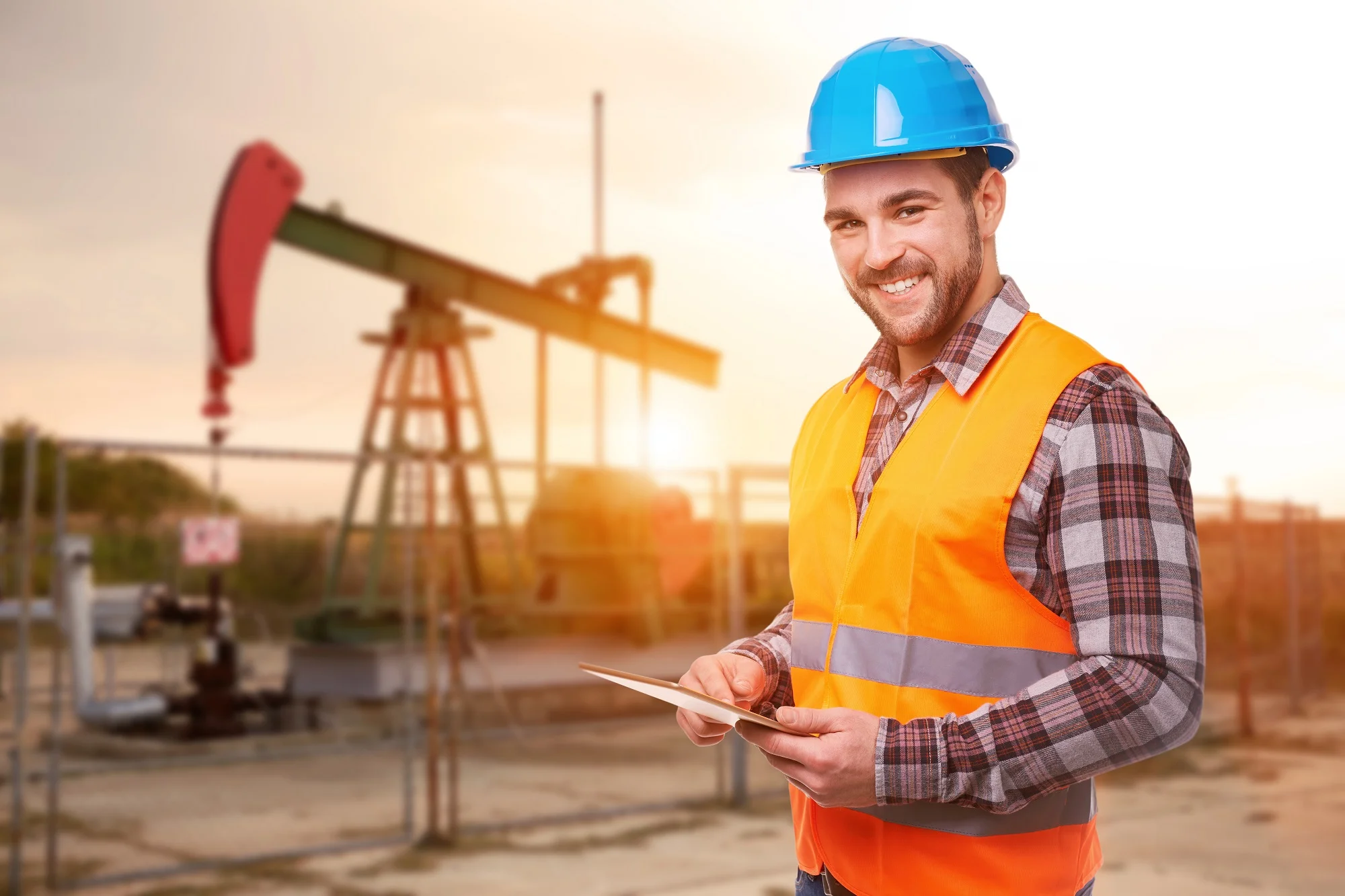Healthcare
There are more than 18 million healthcare practitioners in the United States, and a percentage of these workers provide a service that are outside an office or hospital environment. While caring for patients on the streets or providing a service in a patients home, healthcare workers are vulnerable to violence while in duty. Healthcare workers can use lone worker technology such as a check-in system as part of their risk assessment strategy or declare an SOS alarm discreetly should they face aggression while working alone or with other colleagues.
Hotels
For hotel housekeeping who enter rooms alone face the potential risk of an assault from a hotel guest is a daily concern. Other hotel staff such as night shift managers and front desk work alone during odd hours can also face risk of assault and violence in the workplace. Scatterling aims to solve this problem by providing hospitality staff with a peace of mind. Our check-in system allows the hospitality staff to check-in before and during their shift depending on hazard risk level. In addition Scatterling provides personal panic button also referred to as employee safety device (ESD) that allows employees to summon help in an emergency if they feel they are in danger. There are several states with policies in place and pending proposals include California, Oregon, Washington, Illinois, New York, Florida, and Washington DC.
Agriculture
Agriculture is a major industry in the US and includes large-scale growing and harvesting of crops. The isolated nature of agriculture means that workers are often working alone or in a remote location. Agricultural emergencies and disasters can be natural or man-made and to decrease the severity of these events; employers and supervisors should develop and exercise an emergency action plan that prepares workers to react and handle emergencies before they occur. The Scatterling check-in system allows workers to proactively set their check-in timers depending on the environment and hazards.







